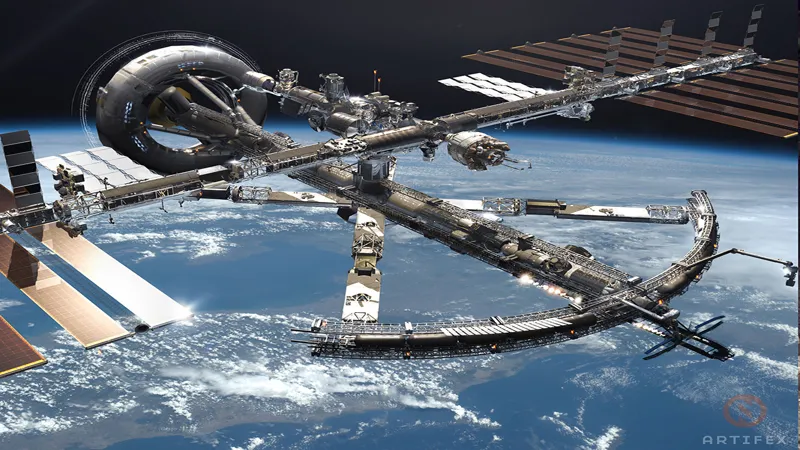As the International Space Station (ISS) approaches the twilight of its operational journey, the cosmos is buzzing with anticipation for a new chapter in human space exploration. For nearly three decades, the ISS has stood as a beacon of international collaboration, hosting hundreds of astronauts and groundbreaking scientific endeavors. However, its retirement paves the way for an exciting race among nations and private companies to establish a new generation of space stations. This transition not only reflects advancements in space technology but also ignites a quest for sustainable human presence beyond Earth, setting the stage for innovative missions and discoveries in the vastness of space.
| Space Station Name | Operator | Current Status | Key Features | Launch Timeline |
|---|---|---|---|---|
| Tiangong Space Station | China Manned Space Agency | In orbit, launched in April 2021 | T-shaped station with three modules | Completed in 2022, invites international cooperation. |
The Legacy of the International Space Station
The International Space Station (ISS) has been a remarkable achievement in space exploration since its first module was launched in 1998. This floating laboratory has hosted nearly 300 astronauts and conducted over 3,000 experiments, making it a cornerstone of scientific discovery. Its unique position in low Earth orbit has allowed researchers to study the effects of microgravity on various biological and physical processes, paving the way for advancements in medicine, technology, and our understanding of space.
As the ISS approaches its retirement, it leaves behind a legacy of international cooperation and innovation. Countries around the world have collaborated on this project, showcasing what humanity can achieve when we work together. The knowledge gained from the ISS will not only benefit future missions but also inspire the next generation of scientists and explorers to continue pushing the boundaries of what is possible in space.
Frequently Asked Questions
Why is the International Space Station (ISS) being retired?
The ISS is retiring due to aging hardware, increasing maintenance costs, and safety concerns for astronauts after nearly three decades in service.
What is the Tiangong Space Station?
The Tiangong Space Station is China’s space station launched in 2021, featuring three modules and inviting international cooperation for its missions.
When is the Axiom Station expected to launch?
Axiom Station is planned to launch in 2026, with aims for independence by 2028, becoming the first commercial space station.
What is the purpose of the Orbital Reef?
Orbital Reef, planned for 2030, aims to be a mixed-use space station for commerce, research, and tourism, promoting accessibility in low Earth orbit.
What unique features does Starlab offer?
Starlab is a space laboratory designed for research and innovation, with an inflatable structure for easy transport, planned to launch in 2028.
What is the Bharatiya Antariksha Station?
The Bharatiya Antariksha Station, planned for launch in 2028, will focus on biomanufacturing research and support India’s lunar missions by 2040.
When is Airbus’s LOOP expected to launch?
Airbus’s LOOP spacecraft is planned for the early 2030s, designed to enhance comfortable long-term living in space with three interconnected levels.
Summary
The International Space Station (ISS) is approaching its retirement after nearly 30 years of service, leading to exciting new possibilities for future space stations. As countries and private companies compete to create new habitats in space, several projects are underway, including China’s Tiangong Station, Axiom Space’s commercial Axiom Station, and the innovative Orbital Reef. Other initiatives like Starlab and India’s Bharatiya Antariksha Station aim to foster research and collaboration in microgravity. While the ISS will still be visible for a while longer, these new ventures signify a thrilling era of human presence in space.
